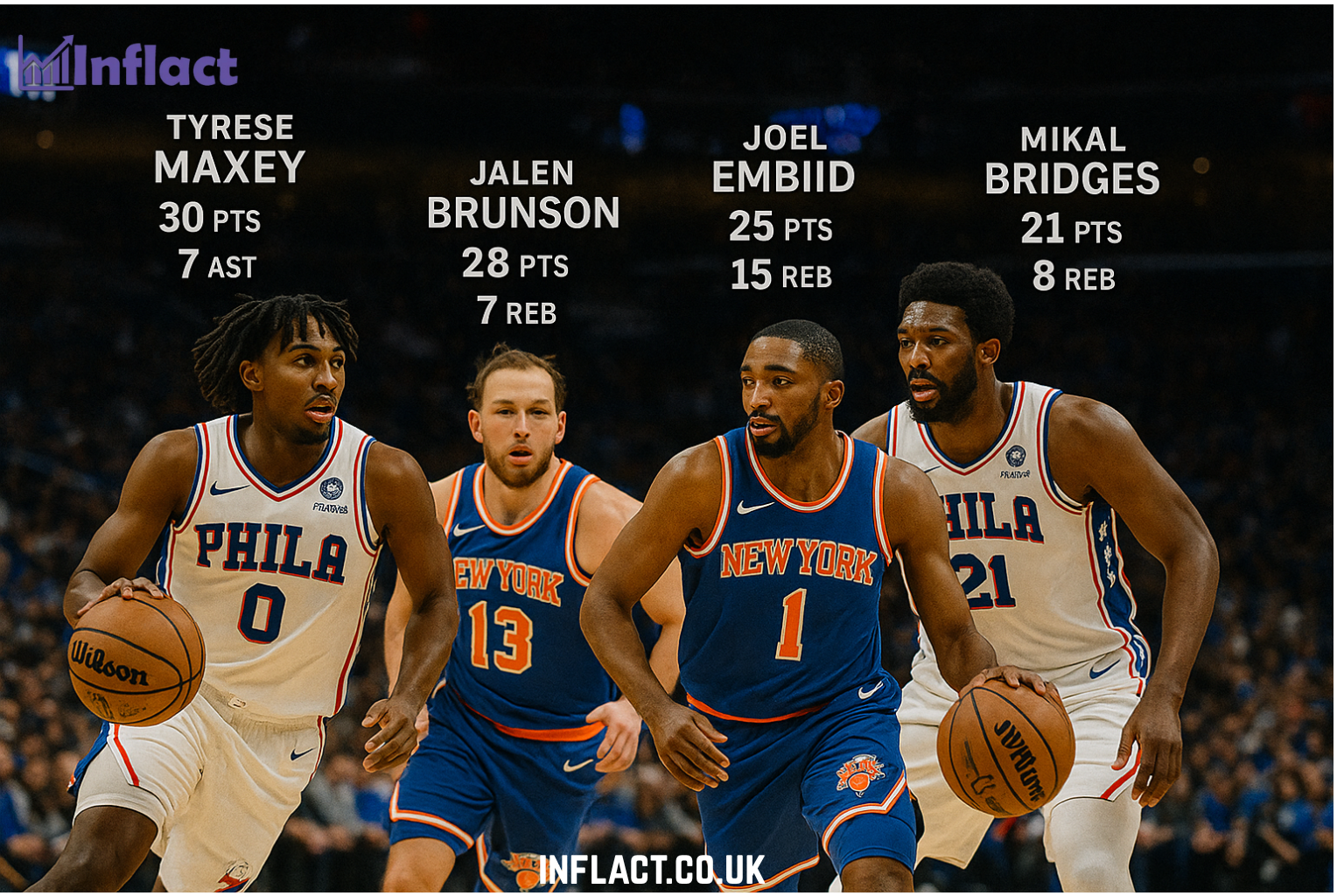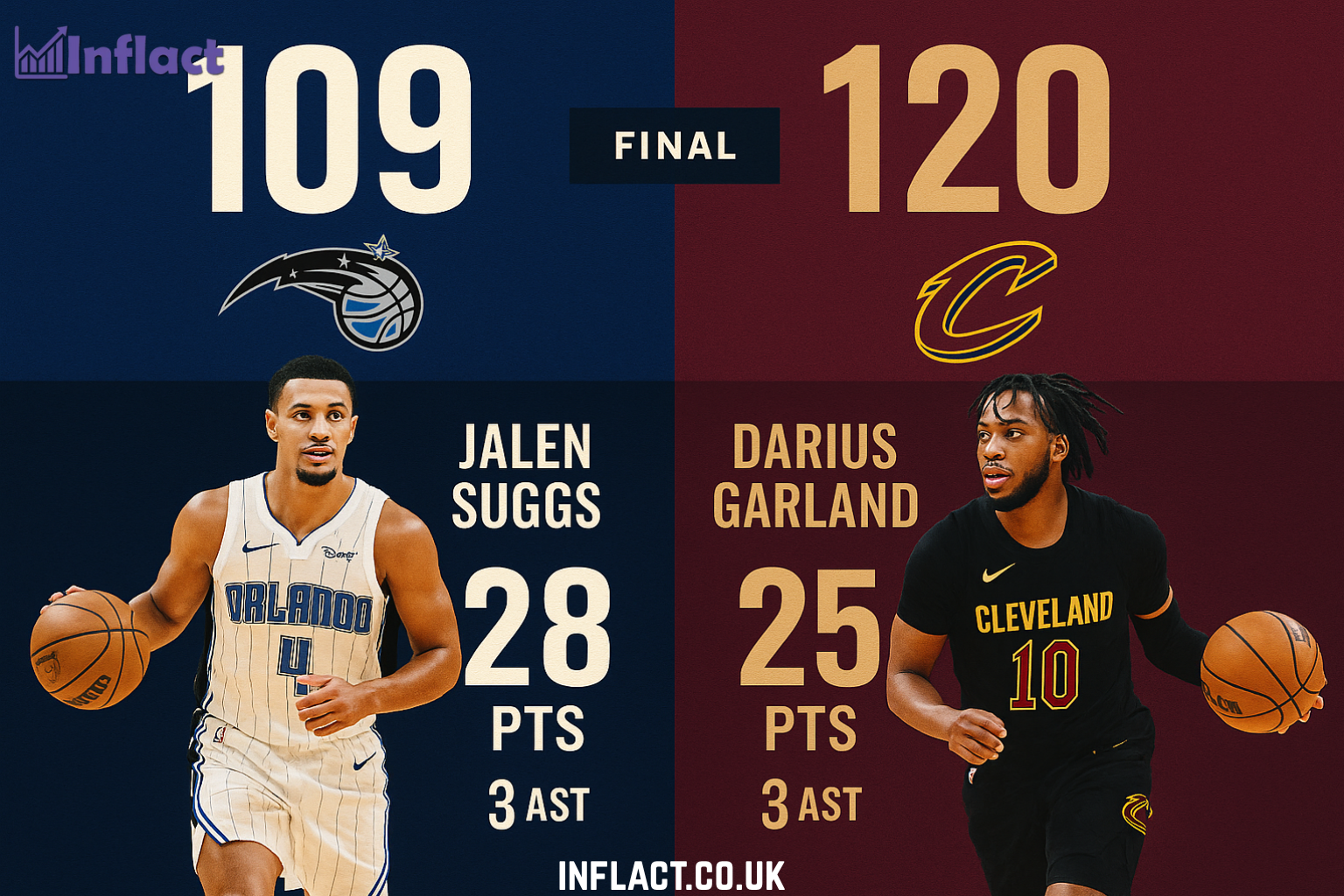Introduction
The NBA season is always filled with thrilling matchups, and one such highly anticipated game was the Minnesota Timberwolves vs Lakers contest. Player statistics in such high-profile games are not just numbers—they are the building blocks that define the outcome and show the individual contributions that help shape the final result. This article will dive deep into the Minnesota Timberwolves vs Lakers match player stats, providing an in-depth look at how the standout players performed, and what their stats reveal about their team’s efforts.
Key Player Statistics from the Minnesota Timberwolves vs Lakers Game
Los Angeles Lakers Player Stats
The Lakers have several key players who contribute in different ways, and in this match, the following standout performances helped the team secure victory:
- LeBron James: Despite his veteran status, LeBron James continues to dominate. In this game, he scored 16 points (7–16 FG), grabbed 5 rebounds, and provided 4 assists. LeBron’s experience and all-around play continue to make him an indispensable asset to the Lakers.
- Anthony Davis: Davis was a force to be reckoned with. He recorded 36 points (11–23 FG), grabbed 16 rebounds, and blocked 3 shots. His performance was pivotal to the Lakers, especially with his ability to control the paint and contribute on both ends of the floor.
- Austin Reaves: Reaves’ steady performance added 12 points and 9 rebounds. His contribution in terms of rebounds was a key factor in maintaining the Lakers’ possession game.
- Rui Hachimura: With 18 points and 5 rebounds, Hachimura showed his versatility on the floor. His scoring ability provided much-needed depth for the Lakers in the absence of others stepping up.
- D’Angelo Russell: Although not the star scorer in this game, Russell contributed 9 points and 5 assists, playing an essential role in the Lakers’ ball movement and offense.
Minnesota Timberwolves Player Stats
On the other side, the Timberwolves also had notable performances, especially from their star players:
- Anthony Edwards: Edwards was the leading scorer for the Timberwolves with 27 points (10–25 FG), 6 rebounds, and 3 assists. His scoring was essential to keeping the Timberwolves in the game, as he showcased his offensive talent throughout.
- Rudy Gobert: Gobert’s strong presence in the paint was evident, as he posted 13 points (5–8 FG), 14 rebounds, and 2 assists. His defensive abilities were crucial for the Timberwolves to stay competitive, although they were unable to capitalize on his contributions.
- Julius Randle: Randle, making his debut for the Timberwolves, scored 16 points and grabbed 9 rebounds. His physicality and presence were important in the Timberwolves’ efforts to match the Lakers’ intensity.
- Jaden McDaniels: McDaniels contributed 6 points (3–8 FG) and 2 rebounds. While not a high scorer, he was active defensively, helping the team in their overall game plan.
- Mike Conley: As the veteran leader, Conley managed to score 5 points, along with 4 assists. His leadership on the court was vital for the Timberwolves, even though his shooting performance was below average.
Also Read: Dallas Mavericks vs Clippers Match Player Stats: Full Breakdown and Game Analysis
How Player Stats Contribute to Team Performance
Scoring Efficiency and Leadership
The Minnesota Timberwolves vs Lakers match player stats highlight the importance of scoring efficiency. The Lakers were led by Anthony Davis (36 points) and LeBron James (16 points), both of whom continue to prove that their leadership can carry the team, especially when paired with strong defense. The Timberwolves, while led by Anthony Edwards with 27 points, struggled to match the Lakers’ firepower in scoring, showcasing the need for consistent contributions from multiple players.
Rebounding and Defensive Impact
Rebounding plays a critical role in any game. Anthony Davis’s 16 rebounds were vital for the Lakers, as they helped limit the Timberwolves’ second-chance opportunities and control the pace of the game. Rudy Gobert, known for his dominance in the paint, grabbed 14 rebounds, but his efforts weren’t enough to keep up with the Lakers’ dominant rebounding performance.
Playmaking and Ball Movement
The assist statistics are a testament to team play and ball movement. While D’Angelo Russell had 5 assists for the Lakers, it was LeBron James who facilitated much of the Lakers’ offense. For the Timberwolves, Mike Conley served as the primary playmaker with 4 assists, but it was evident that the Timberwolves’ offense lacked fluidity compared to the Lakers, whose assists helped generate open shots for their teammates.
Step-by-Step Guide to Analyzing Player Stats in NBA Games
Understanding Minnesota Timberwolves vs Lakers match player stats requires a methodical approach to each key statistic. Here’s a simple breakdown:
Step 1: Evaluate Scoring Contributions
- Look at the points scored by each player. Star players like LeBron James and Anthony Edwards often carry the scoring load, while other players fill in supporting roles.
Step 2: Assess Rebounds for Possession Control
- Rebounds indicate which team is controlling the ball. Players like Anthony Davis and Rudy Gobert who are strong in this area are crucial for their team’s overall performance.
Step 3: Analyze Assists to Understand Ball Movement
- High assist numbers, like D’Angelo Russell’s 5 assists, demonstrate how well the team is moving the ball and creating open shots. Poor assist numbers can indicate stagnant offense.
Step 4: Focus on Defensive Stats (Steals & Blocks)
- Defensive stats, such as Davis’s 3 blocks, show how well a team defends. A strong defensive presence can stifle opposing offenses and turn the game in favor of the defensive team.
Step 5: Consider the Bench Impact
- Sometimes the players coming off the bench can influence the game. Players like Rui Hachimura (18 points) for the Lakers show that bench depth can make a big difference in long games.
Also Read: Orlando Magic vs Cleveland Cavaliers Match Player Stats: Full Breakdown of a Game-Changing Battle
Conclusion
The Minnesota Timberwolves vs Lakers match player stats provide a detailed picture of what happened during the game. Key performances from LeBron James, Anthony Davis, and Anthony Edwards helped define the outcome. The Lakers’ strong rebounding, defensive presence, and efficient scoring led them to victory, while the Timberwolves’ struggles with consistency prevented them from securing the win. By analyzing these player stats, we can see how individual efforts contribute to the overall team dynamics and highlight areas that teams need to improve to remain competitive.
FAQs About the Minnesota Timberwolves vs Lakers Match
1. Who were the standout players in the Minnesota Timberwolves vs Lakers game?
- Anthony Davis and LeBron James were the standout players for the Lakers, while Anthony Edwards led the Timberwolves with 27 points.
2. How did Anthony Davis perform in the game?
- Anthony Davis scored 36 points, grabbed 16 rebounds, and blocked 3 shots, playing a crucial role in both offense and defense for the Lakers.
3. What was the role of LeBron James in the Lakers’ victory?
- LeBron James contributed 16 points, 5 rebounds, and 4 assists, demonstrating his leadership and all-around skills to guide the Lakers to victory.
4. How did the Timberwolves’ rebounding affect the game?
- While Rudy Gobert grabbed 14 rebounds, the Timberwolves couldn’t match the Lakers’ rebounding efforts, particularly with Davis pulling down 16 boards.
5. What can the Timberwolves improve for future games?
- The Timberwolves need more consistent scoring from players beyond Edwards and better ball movement to compete effectively with top-tier teams like the Lakers.




